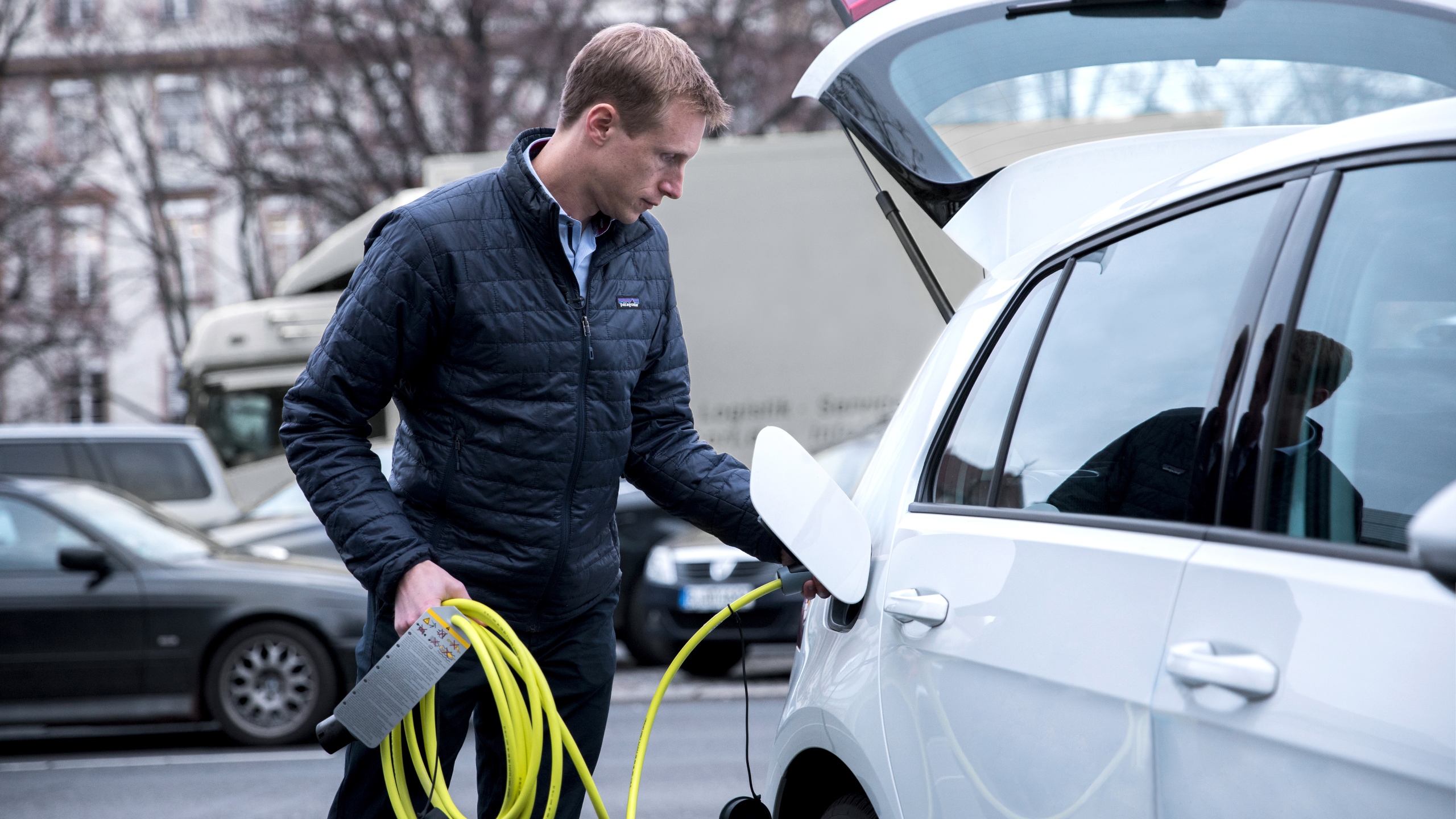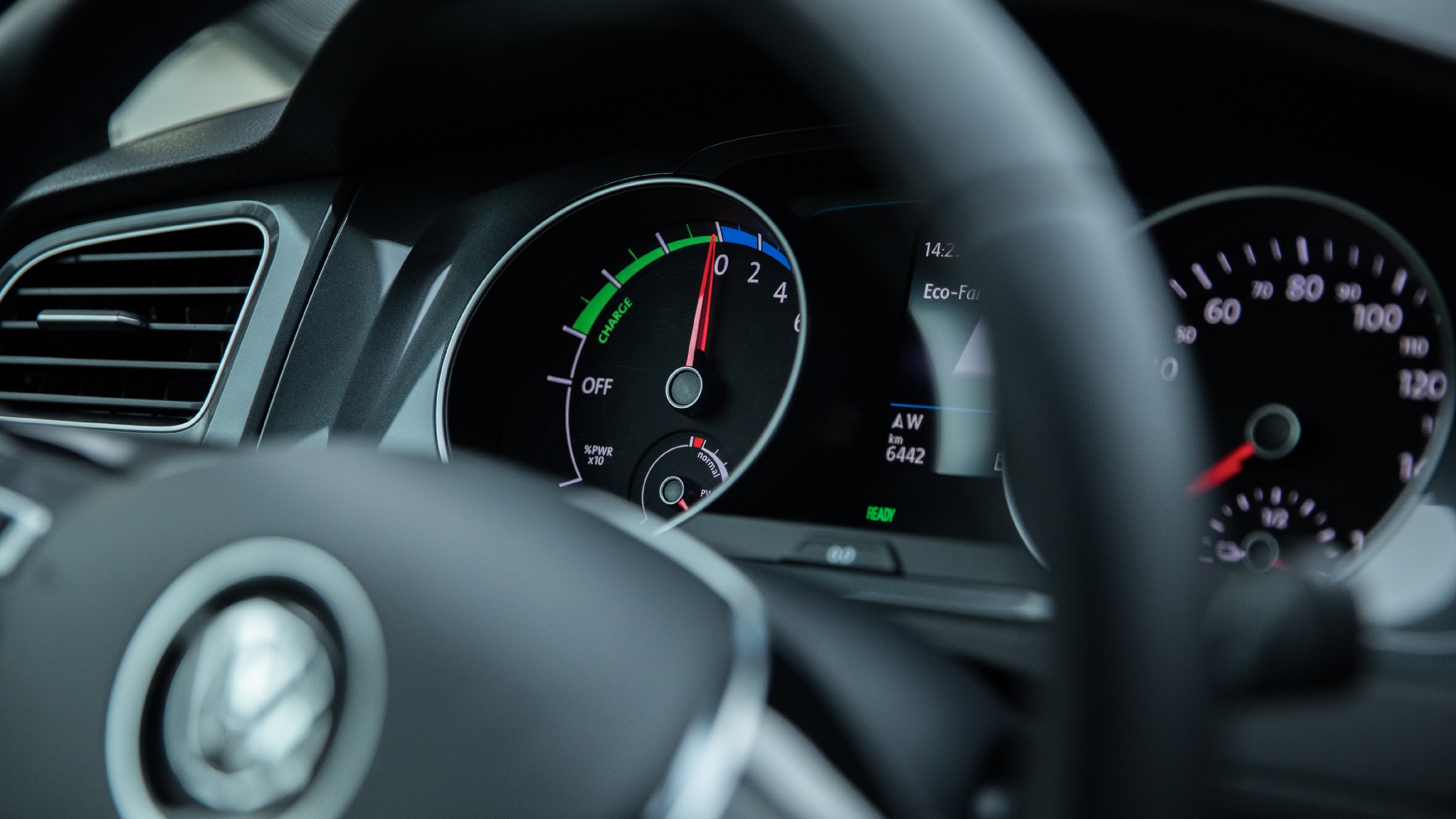Electromobility: Benefits and Prejudices
E-mobility offers many benefits. These include, for example, being locally emission-free, quiet and also fun. On the other hand, e-mobility also faces a number of prejudices, such as insufficient range. We spoke to Thomas Orlik, Technical Consultant in Electric Drives, about a perceived loss of flexibility, the EMBATT battery research project and the advantages of IAV’s powertrain synthesis.
A perceived loss of flexibility
An average e-car currently has a range of around 250 kilometers on one charge. That is perfectly adequate for urban journeys or daily commuting, says Thomas Orlik. Even so, e-vehicle drivers do make initial concessions in terms of cruising range and omnipresent refueling possibilities and apparently sacrifice a certain degree of flexibility. However, when we take a look at current mobility demands and user behavior, it becomes clear that range is only partly a problem these days. Meanwhile, IAV is still working at making the technology more efficient and cheaper.
»Battery technology determines the costs and range of the vehicles. Further development is therefore crucial.«
— Technical Consultant in Electric Drives
Researching the volume advantage at IAV
Since 2014, IAV has been pursuing research into a new battery technology called EMBATT in partnership with Fraunhofer IKTS and thyssenkrupp Systems Engineering. Simply put, the focus is on large electrodes instead of many small individual cells. This saves valuable space, makes more active battery mass available and facilitates a theoretical range of up to 1,000 km. The first prototypes look highly promising, says Thomas Orlik. At the moment, the aim is to find partners willing to forge ahead and put the technology onto an industrial scale.
Besides the driving range, the other main driving force in our work consists in the costs, says Thomas Orlik. E-mobility must be affordable if it is to have any chance of becoming established soon. Our engineering work therefore also always aims to create the solutions that make economic sense and are successful on the market.
»Technically speaking, in the next few years it will be possible to produce batteries capable of achieving a range of 1,000 km. The question is whether that is reasonable and economically viable.«
— Technical Consultant in Electric Drives

Synthesis tool for greater efficiency
Besides the battery itself, the efficiency and economic viability of an electric vehicle depend above all on how the individual components work together. How large should the battery be? Which drive will be used? How can all this be best coordinated? IAV’s powertrain synthesis is a tool that simulates which components should preferably be developed and combined to achieve the required values in terms of driving behavior, range or costs. Already during the concept phase of an electric car, the tool stipulates flexible targets for future development and solves any trade-offs.

»We have a deep insight into vehicle development and know how to match components in the best possible way to tap into available potential.«
— Technical Consultant in Electric Drives
An all-encompassing view is indispensable
EMBATT and tools such as IAV’s powertrain synthesis play an essential role in making electromobility more efficient and cutting the costs involved. But an all-encompassing view is indispensable to make the technology really sustainable and usable on a broad basis. For example, we need a well-developed charging infrastructure, a higher share of renewable energy in the power mix and sustainable development across the whole product lifecycle of battery-driven vehicles. Thomas Orlik is proud that he and many of his colleagues are working on all these topics, thus making a major contribution to helping new technologies become established.

Learn more in our employee portrait of
Dr. Thomas Orlik



